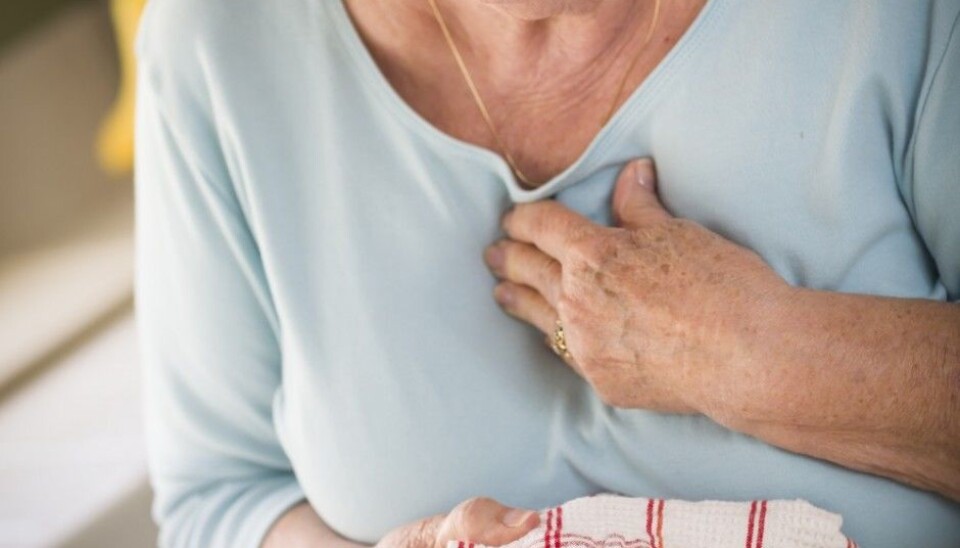
More heart attacks on cold days
A large Swedish study shows that incidences of heart attacks rise as temperature sinks.
It isn’t the first time this connection has been investigated.
Several studies point to the danger of myocardial infarctions rising as the mercury in thermometers drops, concluded a summary in the journal Heart in 2009. But, the researchers wrote – more research was needed.
Moman A. Mohammad and colleagues at Lund University have followed up on that suggestion. They have used data from all Swedish coronary care units for a 16-year period. The number of myocardial infarctions in Sweden (pop. 9-10 million) amounted to a little upwards of 280,000.
Then they compared the dates of the heart attacks with local meteorological data.
They concluded:
More people suffer heart attacks when the temperature is below 0° Celsius than when it is over 10° C. There are also more cases when it is windier, less sunny or the humidity is higher. These latter three are of course chill factors.
Not so big a difference, however
Mohammad and colleagues also broke down the data and compared the figures for various regions of Sweden and for different groups of patients – for instance the elderly or diabetics.
The temperature drops appeared to have the same effect for all.
This bolsters the hypothesis that chilly weather itself has an impact, write the researchers in a summary of a presentation recently given at the annual congress of the European Society of Cardiology.
Nevertheless, the effect was not all that great. On a day-to-day basis there are four more heart attacks in Sweden when the temperature is sub-zero rather than over 10° C.
The results are not much different than ones seen in a Norwegian study which UiT The Arctic University of Norway published in 2012.
That initiative found that the elderly run higher risks of heart attacks on frigid days.
Higher blood pressure
Several suggestions have been made explaining how chilly weather raised the risk of heart attacks.
When we get cold the superficial blood vessels in outer parts of the body constrict. This raises blood pressure. At the same time, heart rates and breathing rates rise. Along with shivering this raises body metabolism.
Such changes can contribute to a higher risk of a heart attack among those who are already disposed and vulnerable, suggest Mohammad and partners in a press release from the European Society of Cardiology.
Other factors can also have roles.
Influenza and other infections – more common in the winter – also raise the chances of a heart attack. Cold weather can also make us more sedate or eat richer foods.
-------------------------------------
Read the Norwegian version of this article at forskning.no
Translated by: Glenn Ostling





